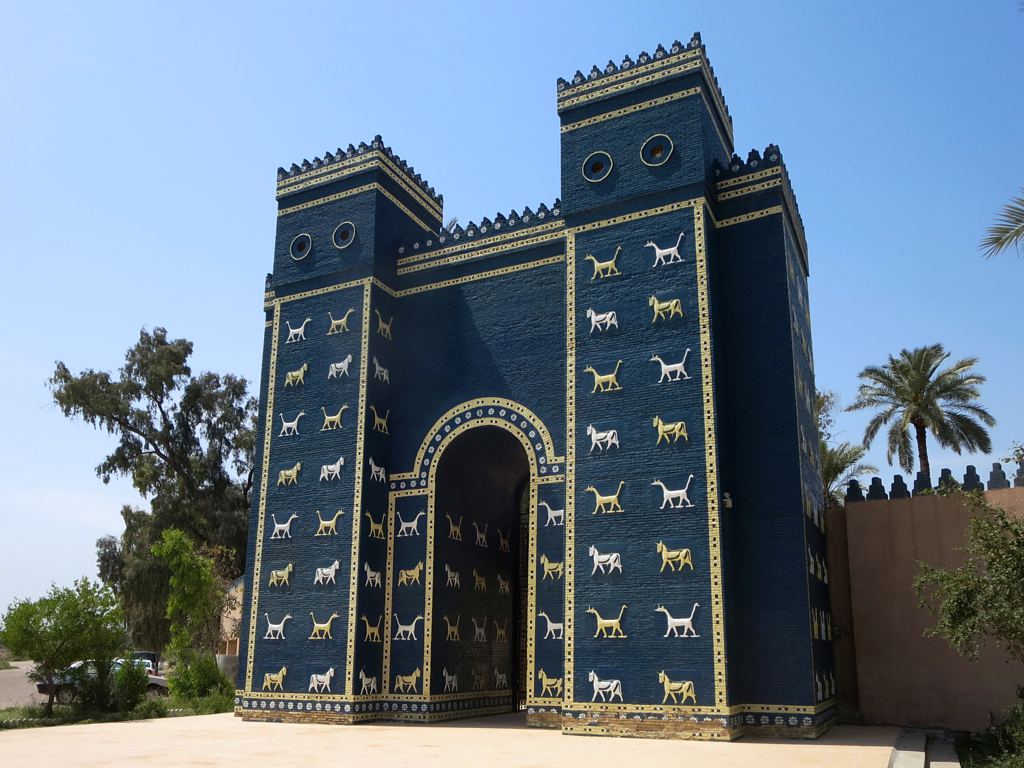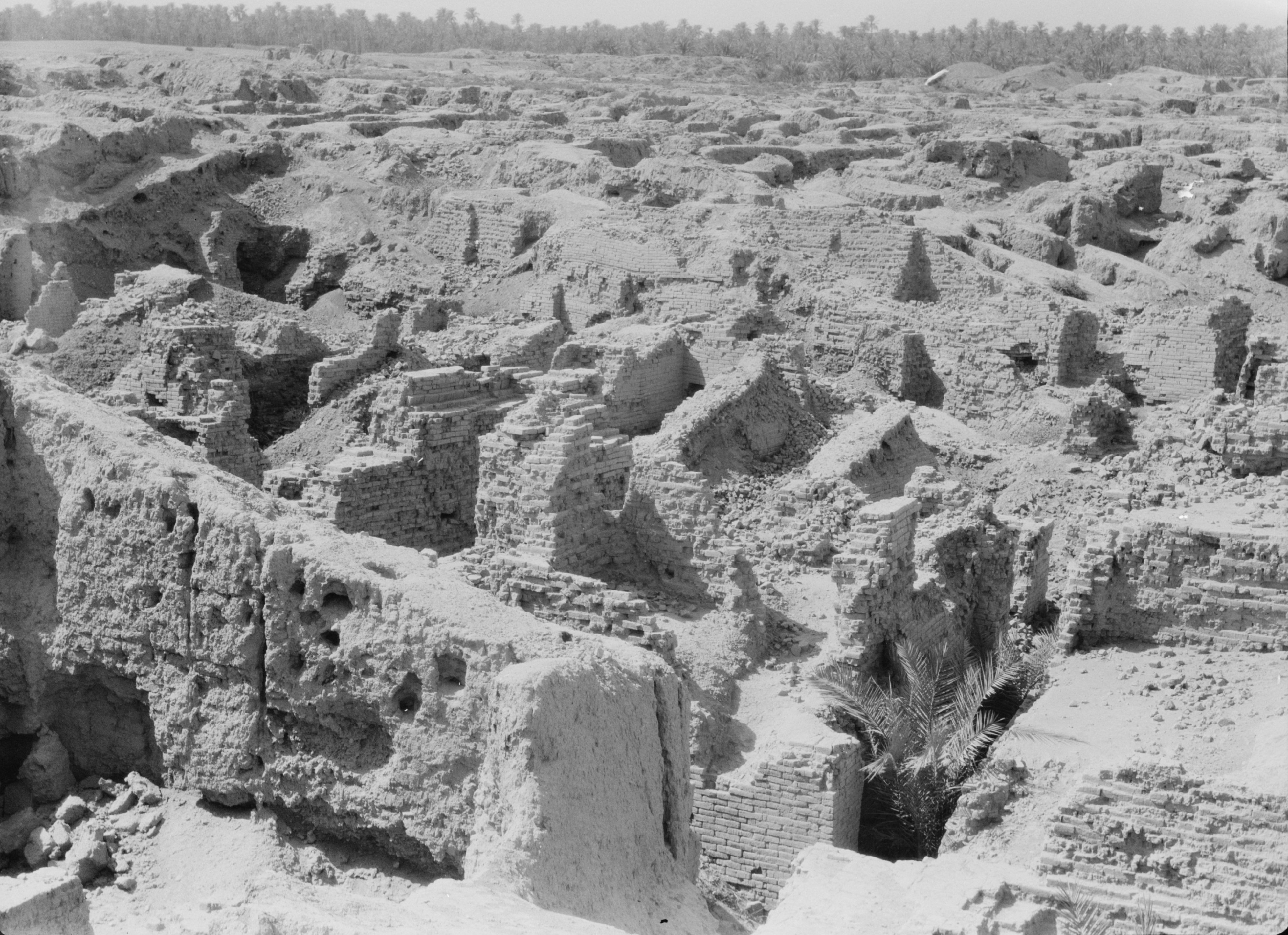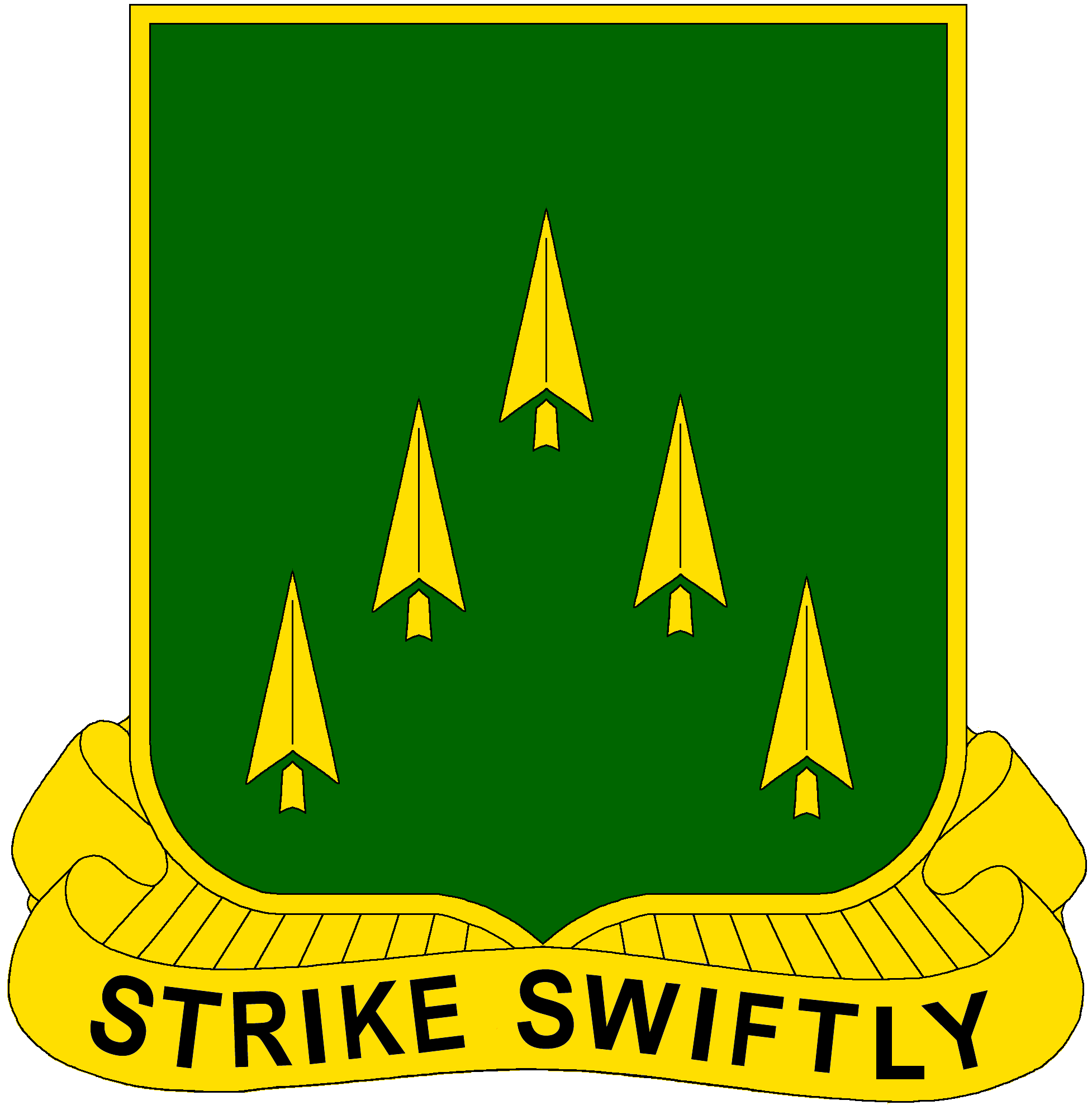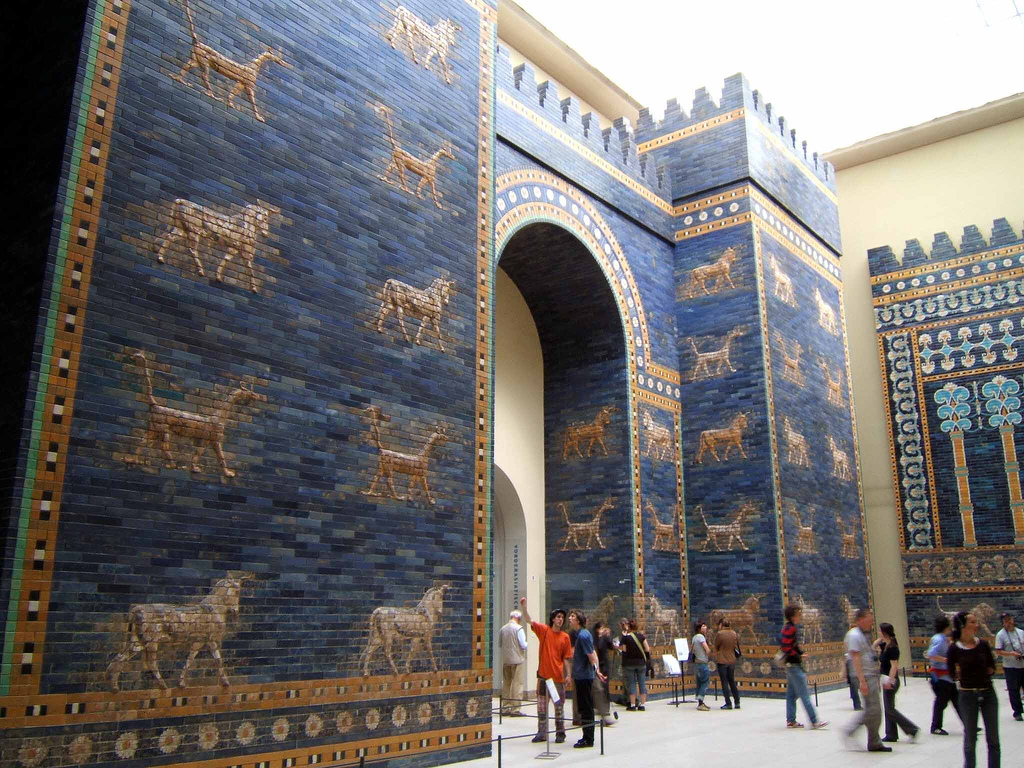|
Hillah
Hillah ( ar, ٱلْحِلَّة ''al-Ḥillah''), also spelled Hilla, is a city in central Iraq on the Hilla branch of the Euphrates River, south of Baghdad. The population is estimated at 364,700 in 1998. It is the capital of Babylon Province and is located adjacent to the ancient city of Babylon, and close to the ancient cities of Borsippa and Kish. It is situated in a predominantly agricultural region which is extensively irrigated with water provided by the Hilla canal, producing a wide range of crops, fruit and textiles. Its name may be derived from the word "beauty" in Arabic. The river runs exactly in the middle of the town, and it is surrounded by date palm trees and other forms of arid vegetation, reducing the harmful effects of dust and desert wind. The city was once a major center of Islamic scholarship and education. The tomb of the Jewish prophet Ezekiel is reputed to be located in a nearby village, Al Kifl. It became a major administrative centre during the rule o ... [...More Info...] [...Related Items...] OR: [Wikipedia] [Google] [Baidu] |
Hindiya Barrage
The Hindiya Barrage is a barrage on the Euphrates south of the town of Musayyib in Babil Governorate of Iraq. Located north of the Al-Hindiya District, it was designed by British civil engineer William Willcocks in response to the silting up of the Hillah branch of the Euphrates. Construction of the dam, with a length of over , lasted between 1911 and 1913. Between 1984 and 1989, a new dam was built several kilometres upstream as a replacement for the Hindiya Barrage. Background and planning Until 1875, the Euphrates split into two channels south of the town of Musayyib; the western Hindiya branch and the eastern Hillah branch. Due to changes in the water management of the wider Tigris–Euphrates river system in 1875, severe floodings of the Euphrates downstream from Fallujah occurred. As a result of these floodings, discharge into the lower Hindiya branch increased and the Hillah branch started to silt up. In 1909, discharge into the Hillah branch had been reduced to per secon ... [...More Info...] [...Related Items...] OR: [Wikipedia] [Google] [Baidu] |
Babylon Province
Babil Governorate or Babylon Province ( ar, محافظة بابل ''Muḥāfaẓa Bābil'') is a governorate in central Iraq. It has an area of , with an estimated population of 2,065,042 people in 2018. The provincial capital is the city of Hillah, which lies opposite the ancient city of Babylon (بابل), on the Euphrates river. History The ancient city of Babylon in present-day Babylon Province was the capital of ancient Babylonia, situated on the Euphrates river south of Baghdad, Iraq. The city was occupied from the 3rd millennium BC but became important early in the 2nd millennium under the kings of the First Dynasty of Babylon. The sixth king of this dynasty was Hammurabi (1792–1750 BC) who made Babylon the capital of a vast empire and is best remembered for his code of laws. The city peaked in pre-eminence when Nabopolassar (626–605 BC) and his successor and son Nebuchadnezzar II (605–562 BC) extended the Neo-Babylonian Empire over most of Western Asia. Besto ... [...More Info...] [...Related Items...] OR: [Wikipedia] [Google] [Baidu] |
Babylon Ruins Marines
''Bābili(m)'' * sux, 𒆍𒀭𒊏𒆠 * arc, 𐡁𐡁𐡋 ''Bāḇel'' * syc, ܒܒܠ ''Bāḇel'' * grc-gre, Βαβυλών ''Babylṓn'' * he, בָּבֶל ''Bāvel'' * peo, 𐎲𐎠𐎲𐎡𐎽𐎢 ''Bābiru'' * elx, 𒀸𒁀𒉿𒇷 ''Babili'' *Kassite: ''Karanduniash'', ''Karduniash'' , image = Street in Babylon.jpg , image_size=250px , alt = A partial view of the ruins of Babylon , caption = A partial view of the ruins of Babylon , map_type = Near East#West Asia#Iraq , relief = yes , map_alt = Babylon lies in the center of Iraq , coordinates = , location = Hillah, Babil Governorate, Iraq , region = Mesopotamia , type = Settlement , part_of = Babylonia , length = , width = , area = , height = , builder = , material = , built = , abandoned = , epochs = , cultures = Sumerian, Akkadian, Amorite, Kassite, Assyrian, Chaldean, Achaemenid, Hellenistic, Parthian, Sasanian, Muslim , dependency_of = , occupants = , event = , excavations = , archaeologists = Hormuzd Rassam, Rober ... [...More Info...] [...Related Items...] OR: [Wikipedia] [Google] [Baidu] |
Babylon
''Bābili(m)'' * sux, 𒆍𒀭𒊏𒆠 * arc, 𐡁𐡁𐡋 ''Bāḇel'' * syc, ܒܒܠ ''Bāḇel'' * grc-gre, Βαβυλών ''Babylṓn'' * he, בָּבֶל ''Bāvel'' * peo, 𐎲𐎠𐎲𐎡𐎽𐎢 ''Bābiru'' * elx, 𒀸𒁀𒉿𒇷 ''Babili'' *Kassite: ''Karanduniash'', ''Karduniash'' , image = Street in Babylon.jpg , image_size=250px , alt = A partial view of the ruins of Babylon , caption = A partial view of the ruins of Babylon , map_type = Near East#West Asia#Iraq , relief = yes , map_alt = Babylon lies in the center of Iraq , coordinates = , location = Hillah, Babil Governorate, Iraq , region = Mesopotamia , type = Settlement , part_of = Babylonia , length = , width = , area = , height = , builder = , material = , built = , abandoned = , epochs = , cultures = Sumerian, Akkadian, Amorite, Kassite, Assyrian, Chaldean, Achaemenid, Hellenistic, Parthian, Sasanian, Muslim , dependency_of = , occupants = , event = , excavations = , archaeologists = Hormuzd Rassam, Robe ... [...More Info...] [...Related Items...] OR: [Wikipedia] [Google] [Baidu] |
Manchester Regiment
The Manchester Regiment was a line infantry regiment of the British Army in existence from 1881 until 1958. The regiment was created during the 1881 Childers Reforms by the amalgamation of the 63rd (West Suffolk) Regiment of Foot and the 96th Regiment of Foot as the 1st and 2nd battalions; the 6th Royal Lancashire Militia became the 3rd (Reserve) and 4th (Extra Reserve) battalions and the Volunteer battalions became the 5th, 6th, 7th, 8th, 9th and 10th battalions. After distinguished service in both the First and the Second World Wars, the Manchester Regiment was amalgamated with the King's Regiment (Liverpool) in 1958, to form the King's Regiment (Manchester and Liverpool), which was, in 2006, amalgamated with the King's Own Royal Border Regiment and the Queen's Lancashire Regiment to form the present Duke of Lancaster's Regiment (King's, Lancashire and Border). 1881–1899 Between the 1860s and 1880s, the British Army underwent a period of reform implemented by Edwar ... [...More Info...] [...Related Items...] OR: [Wikipedia] [Google] [Baidu] |
Al Kifl
Al Kifl ( ar, الكفل; also known as Kifl) is a town in southeastern Iraq on the Euphrates River, between Najaf and Al Hillah. The population in and near the town is about 15,000. Kifl is the location of Al-Nukhailah Mosque, containing the tomb of Dhul-Kifl who is believed be the biblical prophet Ezekiel. A project to renovate the tomb and develop it as a tourist attraction has proven controversial."Crossroads of Antiquity Can’t Decide on New Path" article by Steven Lee Myers in '''' October 19, 2010, October 20, 2010 The town was once a significant Jewish pilgrimage site and home to a community of |
70th Armor Regiment
The 70th Armor Regiment is an armored (tank) unit of the United States Army. It was constituted as the 70th Tank Battalion in July 1940, an independent tank battalion intended to provide close support to infantry units. In this role, it saw action in the Mediterranean and European Theater of Operations, making assault landings and fighting with the 9th Infantry Division in North Africa, and with the 1st Infantry Division in Sicily. The battalion supported the 4th Infantry Division on Utah Beach during the D-Day landings in France, and fought with the 4th Infantry Division through the remainder of World War II. The 70th Tank Battalion was one of the first three tank battalions to deploy to Korea in the Korean War, where it saw significant action, primarily with the 1st Cavalry Division. The 70th Armor Regiment was designated a parent organization as part of the Combat Arms Regimental System (CARS) in 1963. When CARS was replaced by the U.S. Army Regimental System (USARS) s ... [...More Info...] [...Related Items...] OR: [Wikipedia] [Google] [Baidu] |
Polish Zone In Iraq
The Polish zone in Iraq (Polish: ''Polska strefa w Iraku''), designated as the South Central, South Center, Central South, Center South Zone or Sector (Polish: ''Strefa środkowo-południowa''), was the area of responsibility for Multinational Division Central-South under Polish command, during the Occupation of Iraq. It was created in 2003 when Iraq was divided into four zones. The occupation ended on 31 December 2008.Grzegorz Jasiński (editor): ''Polski Kontyngent Wojskowy w Iraku 2003-2008'', in: ''Kronika Wojska Polskiego''. Warsaw: Fundacja Polonia Militaris, 2011. ISSN 1734-2317. The South Central Zone covered the Al-Qādisiyyah, Karbala, Babil and the Wasit Governorates. The region had a population of about 5 million spread over 65,632 km2. The Najaf Governorate was passed back to American control in 2004, due to reduction in strength of the forces under Polish command; this reduced the zone to about 3 million of population spread over 28,655 km2. Major cities in ... [...More Info...] [...Related Items...] OR: [Wikipedia] [Google] [Baidu] |
Ishtar Gate
The Ishtar Gate was the eighth gate to the inner city of Babylon (in the area of present-day Hillah, Babil Governorate, Iraq). It was constructed circa 575 BCE by order of King Nebuchadnezzar II on the north side of the city. It was part of a grand walled processional way leading into the city. The walls were finished in glazed bricks mostly in blue, with animals and deities in low relief at intervals, these also made up of bricks that are molded and colored differently. The German archaeologist Robert Koldewey led the excavation of the site from 1904 to 1914. After the end of the First World War in 1918, the smaller gate was reconstructed in the Pergamon Museum. The gate is 50 feet (15.2 meters) high, and the original foundations extended another 45 feet (13.7 meters) underground. The reconstruction of the Ishtar Gate in the Pergamon Museum is not a complete replica of the entire gate. The original structure was a double gate with a smaller frontal gate and a larger an ... [...More Info...] [...Related Items...] OR: [Wikipedia] [Google] [Baidu] |
372nd Military Police Company (United States)
The 372nd Military Police Company is a law enforcement unit within the U.S. Army Reserve. The unit is based out of Cresaptown, Maryland. Eleven former members of this unit were charged and found guilty in the Abu Ghraib scandal. Another member of the company, Joseph Darby, was awarded the John F. Kennedy Profile in Courage Award for exposing the abuse at the prison. The 372nd MP Company is credited with the securing and stabilization of the city of Hillah (Babylon), alongside of the 1st Marines (MEF). The unit was responsible for guarding main supply routes (MSRs). Unit history The 372nd Military Police Company was originally activated on 15 October 1942 in Florence, Arizona under the authority of the Ninth Service Command. The unit was given orders in mid-July 1943 to report to Camp Shanks, near Orangeburg, New York for shipment to Italy in support of the Naples-Foggia Campaign. The unit also supported the Fifth Army in the Rome-Arno Campaign that began on 22 January 1944 a ... [...More Info...] [...Related Items...] OR: [Wikipedia] [Google] [Baidu] |
1st Marine Division (United States)
The 1st Marine Division (1st MARDIV) is a Marine division of the United States Marine Corps headquartered at Marine Corps Base Camp Pendleton, California. It is the ground combat element of the I Marine Expeditionary Force (I MEF). It is the oldest and largest active duty division in the United States Marine Corps, representing a combat-ready force of more than 19,000 personnel. It is one of three active duty divisions in the Marine Corps today and is a multi-role, expeditionary ground combat force. It is nicknamed "The Old Breed". Mission The division is employed as the ground combat element (GCE) of the I Marine Expeditionary Force or may provide task-organized forces for assault operations and such operations as may be directed. The 1st Marine Division must be able to provide the ground amphibious forcible entry capability to the naval expeditionary force (NEF) and to conduct subsequent land operations in any operational environment.. Accessed 9 June 2009. 10 June 2009 ... [...More Info...] [...Related Items...] OR: [Wikipedia] [Google] [Baidu] |
Nebuchadnezzar II
Nebuchadnezzar II (Babylonian cuneiform: ''Nabû-kudurri-uṣur'', meaning "Nabu, watch over my heir"; Biblical Hebrew: ''Nəḇūḵaḏneʾṣṣar''), also spelled Nebuchadrezzar II, was the second king of the Neo-Babylonian Empire, ruling from the death of his father Nabopolassar in 605 BC to his own death in 562 BC. Historically known as Nebuchadnezzar the Great, he is typically regarded as the empire's greatest king. Nebuchadnezzar remains famous for his military campaigns in the Levant, for his construction projects in his capital, Babylon, and for the important part he played in Jewish history. Ruling for 43 years, Nebuchadnezzar was the longest-reigning king of the Chaldean dynasty. At the time of his death, Nebuchadnezzar was among the most powerful rulers in the world. Possibly named after his grandfather of the same name, or after Nebuchadnezzar I ( 1125–1104 BC), one of Babylon's greatest ancient warrior-kings, Nebuchadnezzar II already secured renown for himse ... [...More Info...] [...Related Items...] OR: [Wikipedia] [Google] [Baidu] |








